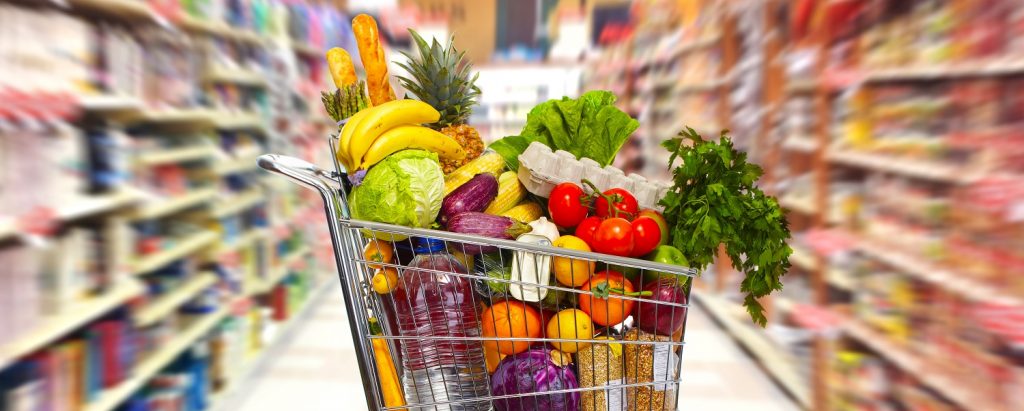Grocery shoppers value convenience and fresh food, report shows

Deloitte's report "A fresh (food) take on grocery convenience," shows that customers want food that is both fresh and convenient.
In the sixth annual assessment of the state of fresh food, Deloitte surveyed 100 US-based grocery retail executives from organizations with at least US$1 billion in annual revenue and 2,000 US consumers, using an approach designed to approximate US census demographics.
According to the report, 90% of consumers say fresh foods make them happy, and 52% of grocery executives expect fresh food to be their most important department over the next one to three years, with produce, deli, and meat leading the charge.
Although consumers prefer fresh food, they also expect convenience while grocery shopping. More than half of the surveyed customers (52%) said they value convenience now more than they did in the past. Millennials (57%) and Gen Zs (61%), in particular, are growing keener on it, suggesting the trend may be here to stay.
23% of surveyed US consumers are primarily convenience seekers when it comes to their overall approach to food.
According to the report, food marketing will become hyper-personalized in the coming years. Deloitte found that 95% of people recognize they have a specific approach to food in all countries. These "five personalities," when shopping are eco-conscious, food enthusiasts, convenience seeking, health motivated, and frugal. Only 5% of surveyed respondents fall into the "none of these" category.
Most grocery executives answered "agree" or "strongly agree" to questions that have to do with easing the shopping experience such as, making significant investment to increase convenience (85%), successfully competing on convenience is essential to increasing unit sales volume (84%), convenience is a major purchase driver for consumers (83%), consumers value convenience now more than they did in the past (81%), and competing on convenience is a major part of their overall strategy (77%).
Grocery executives also said that 50% of their consumers would pay a premium for more convenient fresh food and peg the average price premium willing to be paid above traditional fresh food alternatives at 41% more.









































